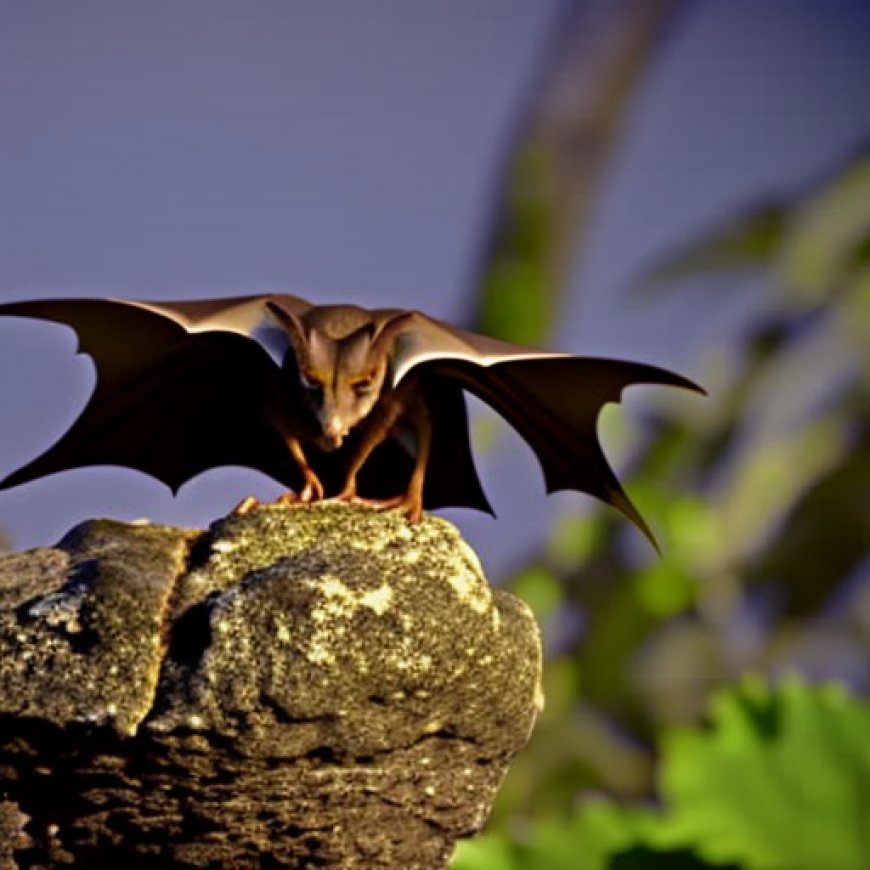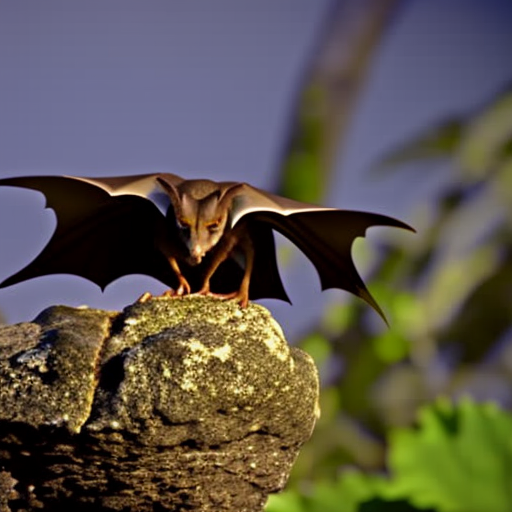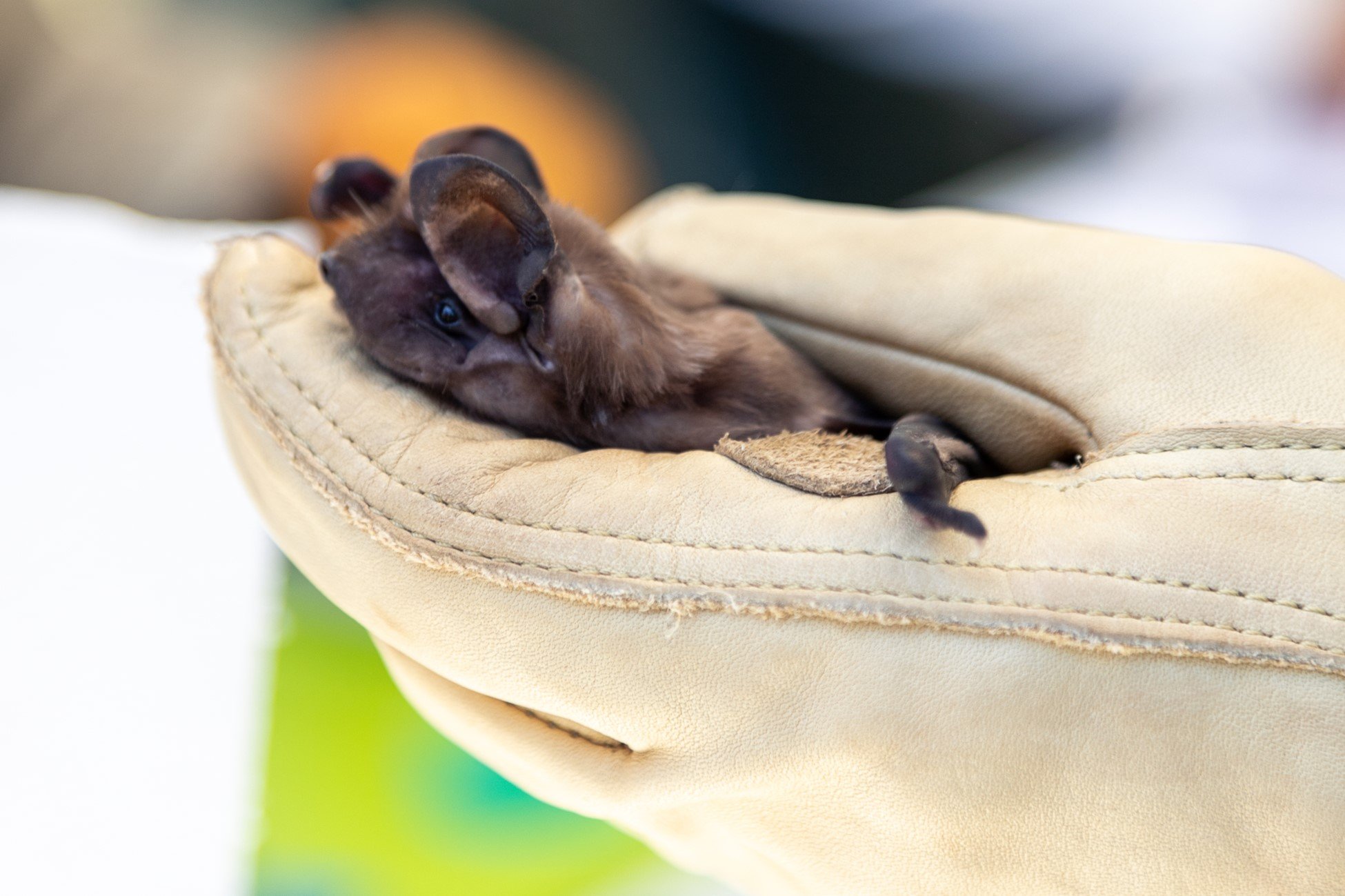Critical Habitat Designated for Endangered Florida Bonneted Bat
Critical Habitat Designated for Endangered Florida Bonneted Bat Center for Biological Diversity


Sustainable Development Goals (SDGs) and the Protection of Endangered Florida Bonneted Bat

Introduction
ST. PETERSBURG, Fla. — In accordance with a court-ordered agreement, the U.S. Fish and Wildlife Service has designated over 1.1 million acres of critical habitat for the endangered Florida bonneted bat. This indigenous bat species is facing severe habitat loss due to sea-level rise and destructive development.
Designation of Critical Habitat
In the final designation, the Service has clarified that essential foraging areas in urban critical habitat units are protected under the rule. The importance of habitat with sufficient darkness for the conservation of the Florida bonneted bat has also been emphasized. The Service recommends minimizing the use of artificial light and facilitating controlled burns to benefit the species.
Reactions and Acknowledgements
“I’m happy that Florida’s unique bats finally have protection for some of their most important habitat,” said Ragan Whitlock, a Florida-based attorney at the Center for Biological Diversity. “The Service correctly recognized that dark, open foraging spaces in urban Miami-Dade County are essential to this species’ survival. I applaud the Service for safeguarding this amazing bat’s remaining habitat that persists amid a sea of destructive development.”
“This is a much welcomed, albeit delayed, action by the Service,” said Dennis Olle, president of the Miami Blue Chapter of the North American Butterfly Association. “This critical habitat designation for one of North America’s rarest bats provides an umbrella of protection for all species living thereunder.”
Conservation Efforts and Lawsuits
Florida bonneted bats were on the brink of extinction due to encroaching development and pesticide use before litigation filed by the Center compelled the Service to protect the species under the Endangered Species Act in 2013. Conservation groups have filed lawsuits in 2018 and 2022 to secure habitat safeguards for the species.
The critical habitat designation announced today is the result of the 2022 lawsuit by the Center, Tropical Audubon Society, and the Miami Blue Chapter of the North American Butterfly Association.
Concerns and Future Challenges
Although the proposal acknowledges that the bats and their habitat are threatened by climate change and sea-level rise, the Service did not extend badly needed protections for unoccupied critical habitat.
“We are glad to see that the Service has finally established habitat protections for this species, including more than 4,000 acres in the globally critically imperiled Miami pine rocklands,” said Lauren Jonaitis, senior conservation director at Tropical Audubon Society. “However, we still have major concerns that the Service failed to include unoccupied critical habitat to bolster against habitat loss from impending sea-level rise.”
Threats and Recent Victories
Unfettered development and irresponsible development continue to threaten remaining Florida bonneted bat habitat. A proposed theme park, retail, and parking development recently threatened their critical habitat. Plans for the Miami Wilds theme park were halted in December after legal action by the Center, Bat Conservation International, Tropical Audubon Society, and the Miami Blue Chapter of the North American Butterfly Association.
Collaboration and Recovery Plan
“Based on the current threats to this endangered species, we are thrilled that the Florida bonneted bat critical habitat designation has been published,” said Melqui Gamba-Rios, Ph.D., regional director for Latin America and Caribbean for Bat Conservation International. “It is reassuring that the Service listened to extensive public comments and incorporated the most recent scientific findings when publishing this critical habitat designation. This is an integral tool for promoting the recovery and long-term protection of endangered species, and we look forward to working with the Service to develop and implement the Florida bonneted bat recovery plan.”
Importance of Critical Habitat Designation
Animals with federally protected critical habitat are more than twice as likely to be moving toward recovery than species without such protections. Federal agencies that fund or permit projects in critical habitat are required to consult with the Service to ensure this habitat is not harmed or destroyed by their actions.
About the Florida Bonneted Bat
Named for the broad ears that hang over their foreheads, bonneted bats are the largest of Florida’s 13 bat species and the second largest in North America. The bats roost in old tree cavities and artificial structures and forage for insects over open spaces like wetlands and fresh water. They also use one of the lowest-frequency echolocation calls of all bats, so some people are actually able to hear the bonneted bats’ bird-like chirps as they hunt for insects.
Florida bonneted bats have one of the smallest ranges of any bat species. They live only in South Florida — an area that’s highly susceptible to rising sea levels and destructive development. Projections indicate that sea levels will rise between 3 and 6 feet within much of the bats’ habitat over the course of this century.
SDGs, Targets, and Indicators
1. SDGs Addressed or Connected to the Issues Highlighted in the Article
- SDG 15: Life on Land
- SDG 13: Climate Action
- SDG 11: Sustainable Cities and Communities
2. Specific Targets Based on the Article’s Content
- Target 15.5: Take urgent and significant action to reduce the degradation of natural habitats, halt the loss of biodiversity, and protect and prevent the extinction of threatened species.
- Target 13.1: Strengthen resilience and adaptive capacity to climate-related hazards and natural disasters in all countries.
- Target 11.7: By 2030, provide universal access to safe, inclusive, and accessible, green, and public spaces, particularly for women and children, older persons, and persons with disabilities.
3. Indicators Mentioned or Implied in the Article
- Indicator 15.5.1: Red List Index
- Indicator 13.1.1: Number of deaths, missing persons, and directly affected persons attributed to disasters per 100,000 population
- Indicator 11.7.1: Average share of the built-up area of cities that is open space for public use for all, by sex, age, and persons with disabilities
Table: SDGs, Targets, and Indicators
| SDGs | Targets | Indicators |
|---|---|---|
| SDG 15: Life on Land | Target 15.5: Take urgent and significant action to reduce the degradation of natural habitats, halt the loss of biodiversity, and protect and prevent the extinction of threatened species. | Indicator 15.5.1: Red List Index |
| SDG 13: Climate Action | Target 13.1: Strengthen resilience and adaptive capacity to climate-related hazards and natural disasters in all countries. | Indicator 13.1.1: Number of deaths, missing persons, and directly affected persons attributed to disasters per 100,000 population |
| SDG 11: Sustainable Cities and Communities | Target 11.7: By 2030, provide universal access to safe, inclusive, and accessible, green, and public spaces, particularly for women and children, older persons, and persons with disabilities. | Indicator 11.7.1: Average share of the built-up area of cities that is open space for public use for all, by sex, age, and persons with disabilities |
Explanation:
The article highlights the designation of critical habitat for the endangered Florida bonneted bat, which is connected to several Sustainable Development Goals (SDGs).
SDG 15: Life on Land is relevant as it addresses the protection and conservation of biodiversity and habitats. The article mentions the devastating habitat loss faced by the Florida bonneted bat due to sea-level rise and destructive development.
SDG 13: Climate Action is connected as the article mentions that the bats’ habitat is threatened by climate change and sea-level rise. The need to strengthen resilience and adaptive capacity to climate-related hazards is highlighted.
SDG 11: Sustainable Cities and Communities is also relevant as the article emphasizes the importance of protecting essential foraging areas in urban critical habitat units. The need for safe, inclusive, and accessible green spaces is mentioned.
Based on the article’s content, specific targets can be identified:
Target 15.5: Take urgent and significant action to reduce the degradation of natural habitats, halt the loss of biodiversity, and protect and prevent the extinction of threatened species. This target aligns with the designation of critical habitat for the endangered Florida bonneted bat.
Target 13.1: Strengthen resilience and adaptive capacity to climate-related hazards and natural disasters in all countries. The article highlights the threats to the bats’ habitat from climate change and sea-level rise, emphasizing the need for resilience.
Target 11.7: By 2030, provide universal access to safe, inclusive, and accessible, green, and public spaces, particularly for women and children, older persons, and persons with disabilities. The article mentions the importance of protecting essential foraging areas in urban critical habitat units and the need for open spaces for public use.
The article mentions or implies several indicators that can be used to measure progress towards the identified targets:
Indicator 15.5.1: Red List Index. This indicator measures the extinction risk of species and can be used to assess progress in protecting and preventing the extinction of threatened species, such as the Florida bonneted bat.
Indicator 13.1.1: Number of deaths, missing persons, and directly affected persons attributed to disasters per 100,000 population. This indicator measures the impact of climate-related hazards and natural disasters on human populations, reflecting the need to strengthen resilience and adaptive capacity.
Indicator 11.7.1: Average share of the built-up area of cities that is open space for public use for all, by sex, age, and persons with disabilities. This indicator measures the availability of green and public spaces in cities, reflecting the need for safe and inclusive spaces.
Behold! This splendid article springs forth from the wellspring of knowledge, shaped by a wondrous proprietary AI technology that delved into a vast ocean of data, illuminating the path towards the Sustainable Development Goals. Remember that all rights are reserved by SDG Investors LLC, empowering us to champion progress together.
Source: biologicaldiversity.org

Join us, as fellow seekers of change, on a transformative journey at https://sdgtalks.ai/welcome, where you can become a member and actively contribute to shaping a brighter future.







